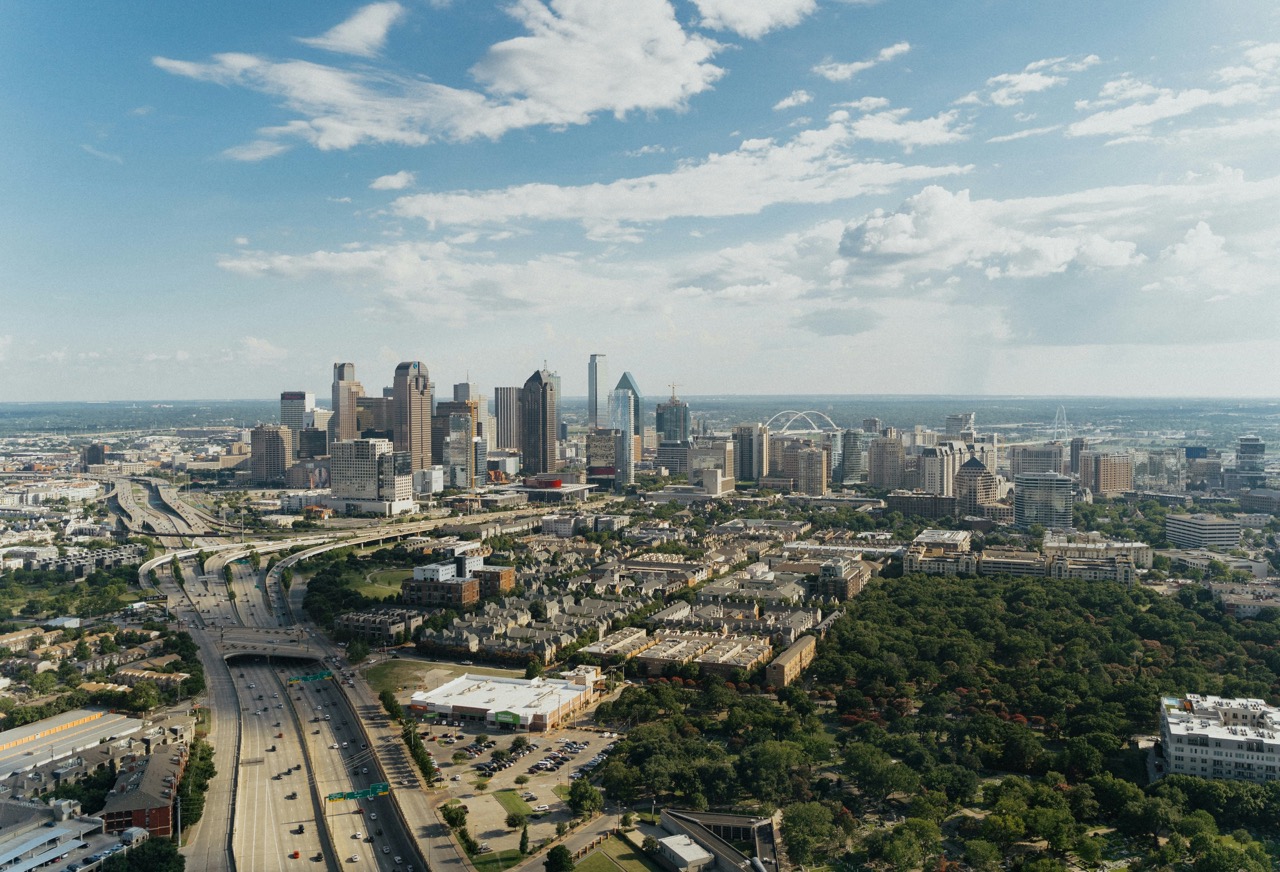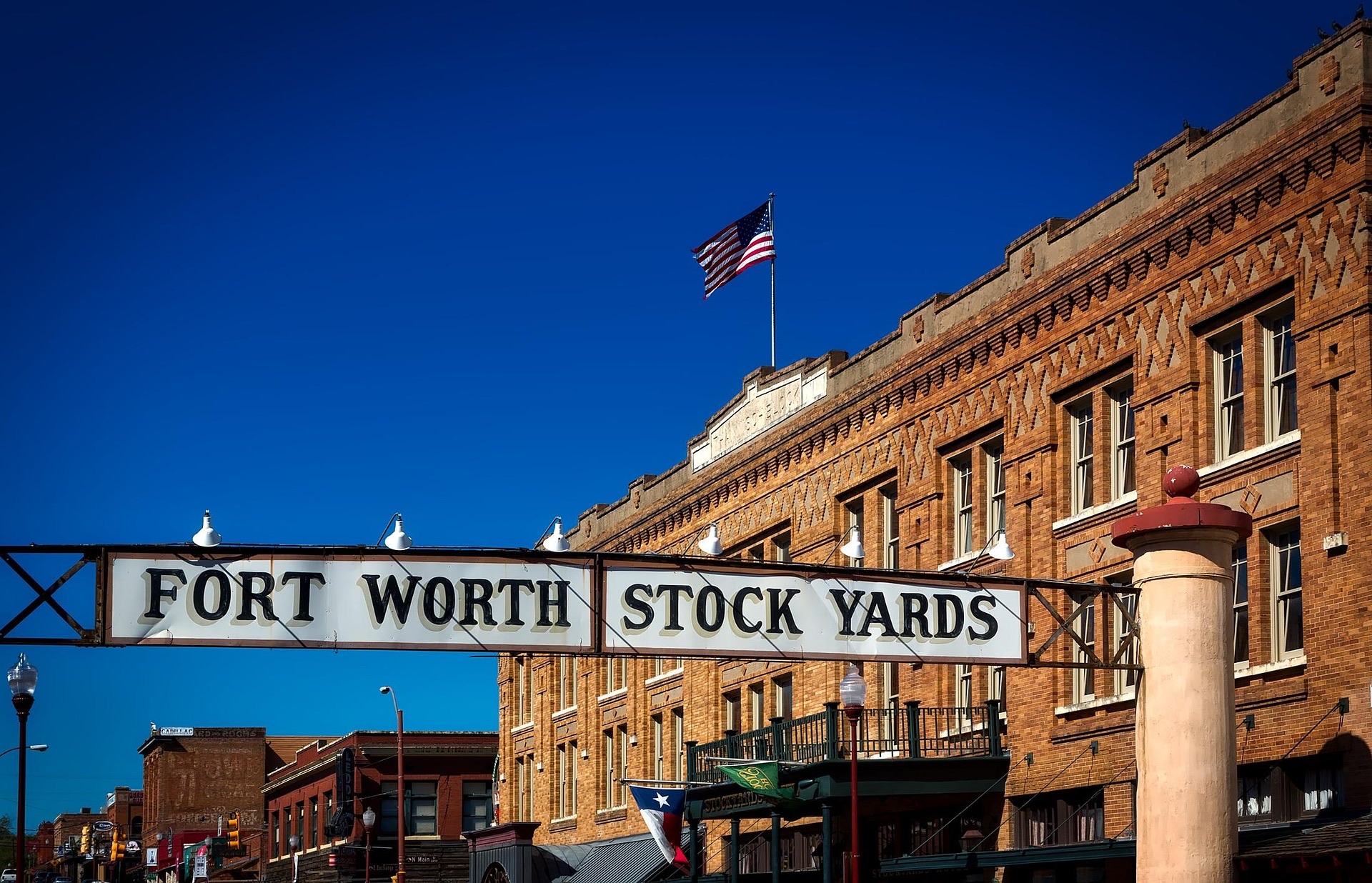Dallas-Fort Worth Real Estate Investment Hotspots: Where to Buy Rental Properties in 2025

Last updated: July 2025 | Local Market Intelligence
The Dallas-Fort Worth metroplex continues to dominate national real estate investment conversations, and for compelling reasons. With population growth exceeding 100,000 new residents annually, diverse employment sectors anchored by major corporate relocations, and over $15 billion in infrastructure expansion projects reshaping entire corridors, DFW offers rental property investors opportunities that rival any major metropolitan area in the United States.
Success in this dynamic market requires more than recognizing its overall strength—it demands understanding which specific neighborhoods and submarkets offer the best risk-adjusted returns for rental property investment. As we progress through 2025, several key areas have emerged as clear winners for investors seeking strong cash flow, appreciation potential, and tenant demand stability.
This comprehensive analysis examines the most promising rental property investment locations across Dallas-Fort Worth, backed by current market data and infrastructure developments that sophisticated investors are tracking closely.
The Economic Foundation Driving DFW Rental Demand
Understanding the economic forces creating rental demand across Dallas-Fort Worth helps investors make informed location decisions that align with long-term market trends rather than short-term fluctuations.
Corporate relocations continue accelerating into DFW, with major companies like Charles Schwab, CBRE, and Goldman Sachs establishing significant operations throughout the metroplex. These strategic moves bring high-paying jobs and create consistent rental demand for quality housing near employment centers. The ripple effect creates demand throughout the region as supporting businesses, vendors, and employees seek housing options across various price points and geographic areas.
New residents consistently choose rental housing initially while exploring neighborhoods, establishing local connections, and determining optimal long-term housing decisions. This pattern creates consistent turnover opportunities and rent growth potential for astute investors across the metroplex.
Infrastructure investments totaling over $15 billion through 2027 are systematically reshaping transportation patterns and creating new desirability centers throughout the metroplex. The TEXRail expansion, comprehensive DART system extensions, and major highway improvements directly impact rental demand by improving access to employment centers, entertainment districts, and lifestyle amenities that today's renters prioritize.
Deep Dive Analysis: For detailed analysis of the eastern DFW markets, see our comprehensive guide to Dallas Metro Investment Zip Codes.
North Dallas: Established Strength with Continued Growth
Plano and Richardson remain investor favorites for compelling reasons that continue strengthening in 2025. The combination of excellent school districts, corporate headquarters, and transportation access creates rental demand from both working professionals and renters seeking temporary housing during transition periods.
Average rental rates in Plano range from $1,800-2,400 for single-family homes, with gross rental yields typically 6-8% for properties purchased in the $275,000-350,000 range. Richardson offers similar dynamics at slightly lower entry points, with quality rental properties available in the $225,000-300,000 range generating comparable yields.
The key advantage these markets offer is tenant stability. Average lease terms exceed 14 months, with many tenants renewing annually. This stability reduces turnover costs and vacancy periods that can significantly impact investor returns in less established markets.
Frisco and McKinney represent the growth edge of North Dallas, where new construction and corporate expansion create opportunities for investors willing to pay premium prices for superior long-term prospects. Frisco's proximity to the Dallas Cowboys headquarters, PGA headquarters, and major corporate campuses generates rental demand from professionals willing to pay premium rents for convenience and amenities.
Properties in these markets typically require $350,000-450,000 investments but generate rental income of $2,200-2,800 monthly. The mathematics work for investors focused on appreciation potential combined with steady cash flow, particularly given the continued corporate expansion planned through 2026.
East Dallas: The Value Play with Upside Potential
Garland and Mesquite offer compelling opportunities for investors seeking stronger cash flow yields with acceptable risk profiles. These established suburbs benefit from proximity to downtown Dallas employment while maintaining more affordable housing costs that attract consistent rental demand.
Garland particularly appeals to investors because of its diverse employment base, including manufacturing, healthcare, and service industries that provide recession-resistant rental demand. Quality rental properties can be acquired in the $180,000-250,000 range, generating monthly rents of $1,400-1,800 for gross yields often exceeding 8%.
Infrastructure improvements including DART line expansions and highway access upgrades continue enhancing these areas' appeal to renters working throughout the metroplex. The combination of affordability and improving connectivity positions these markets for continued rental demand growth.
East Dallas neighborhoods closer to downtown offer higher-risk, higher-reward opportunities for experienced investors comfortable with emerging markets. Areas like Deep Ellum periphery, Lakewood adjacent neighborhoods, and White Rock corridor properties provide access to the urban rental market at more accessible price points than core Dallas locations.
These properties typically require significant renovation investment but can generate strong returns for investors who properly evaluate neighborhood trajectory and renovation costs. Monthly rents of $1,200-2,000 are achievable with total investments often remaining below $200,000 including acquisition and renovation costs.
West Dallas: Transformation Creating Opportunities
Irving and Grand Prairie represent mature suburban markets experiencing revitalization that creates interesting investor opportunities. Irving's proximity to DFW Airport, corporate headquarters, and transportation infrastructure generates consistent rental demand from business travelers, relocated employees, and service industry workers.
Las Colinas specifically offers unique rental opportunities due to its business district concentration and upscale residential development. Properties in established Las Colinas neighborhoods generate rental income of $1,900-2,600 monthly with acquisition costs typically ranging $280,000-380,000.
Grand Prairie appeals to investors seeking diversity in employment sources and rental demand patterns. The combination of industrial employment, retail centers, and recreational facilities creates rental demand from various income levels and life stages, providing stability through economic cycles.
Arlington deserves special attention due to entertainment district proximity and continued development around AT&T Stadium and Globe Life Field. Rental properties within 10-15 minutes of these venues command premium rents during events while maintaining steady occupancy from residents employed throughout the metro area.
The key consideration for Arlington investors is understanding seasonal rental patterns and event impacts on local housing demand. Properties positioned correctly can benefit from both steady long-term tenants and occasional premium short-term rental opportunities during major events.
South Dallas: Emerging Markets with Growth Potential
Cedar Hill and DeSoto represent emerging opportunities where infrastructure improvements are creating new rental demand patterns. These areas benefit from excellent school districts that attract renters seeking quality education access while maintaining relatively affordable housing costs.
Investment properties in these markets typically range $200,000-280,000 with rental potential of $1,500-2,100 monthly. The mathematics favor investors seeking steady cash flow with moderate appreciation potential, particularly given ongoing development projects improving area connectivity and amenities.
Lancaster and Duncanville offer similar dynamics with additional upside from their proximity to downtown Dallas and developing transportation corridors. These markets particularly appeal to investors comfortable with emerging neighborhoods where infrastructure trends favor continued improvement and rental demand growth.
The Suburbs: Balance of Growth and Stability
Carrollton and Farmers Branch provide balanced investment opportunities combining suburban stability with urban accessibility. These markets benefit from mature infrastructure, established rental markets, and proximity to multiple employment centers throughout DFW.
Rental properties in these areas typically generate 6.5-7.5% gross yields with strong tenant stability and consistent demand patterns. Properties range $240,000-320,000 with monthly rental income potential of $1,700-2,300 depending on size, condition, and specific location within each city.
Lewisville and Flower Mound appeal to investors seeking premium rental markets and quality school districts. These markets command premium rents but require higher initial investments, with properties typically costing $300,000-420,000 while generating monthly rents of $2,000-2,800.
The advantage these markets offer is tenant quality and lease stability. Tenants typically maintain properties well while staying for extended periods, reducing management costs and vacancy concerns.
Fort Worth: The Secondary Core Market
Downtown Fort Worth and Near Southside present urban rental opportunities often overlooked by investors focused on Dallas proper. Fort Worth's continued development, cultural district expansion, and corporate growth create rental demand from working professionals and corporate relocations.
Urban Fort Worth rental properties typically require higher per-square-foot investments but can generate premium rents from tenants prioritizing walkability, entertainment access, and shorter commutes. Properties in desirable downtown areas range $250,000-400,000 with rental potential of $1,800-2,800 monthly.
Southwest Fort Worth suburbs including Benbrook, Westworth Village, and parts of White Settlement offer traditional suburban rental opportunities with lower entry costs and steady tenant demand from professionals working throughout western DFW.
Fort Worth Deep Dive: For comprehensive analysis of western DFW opportunities, explore our detailed Fort Worth Investment Zip Codes Guide covering the best areas for cash flow and appreciation.
Ready to capitalize on DFW's investment opportunities? Explore current marketplace inventory or connect with our team to discuss strategies tailored to your investment goals.
Related Posts

Top 5 Fort Worth Zip Codes for Real Estate Investors: Best Investment Areas Under $350K in 2025

